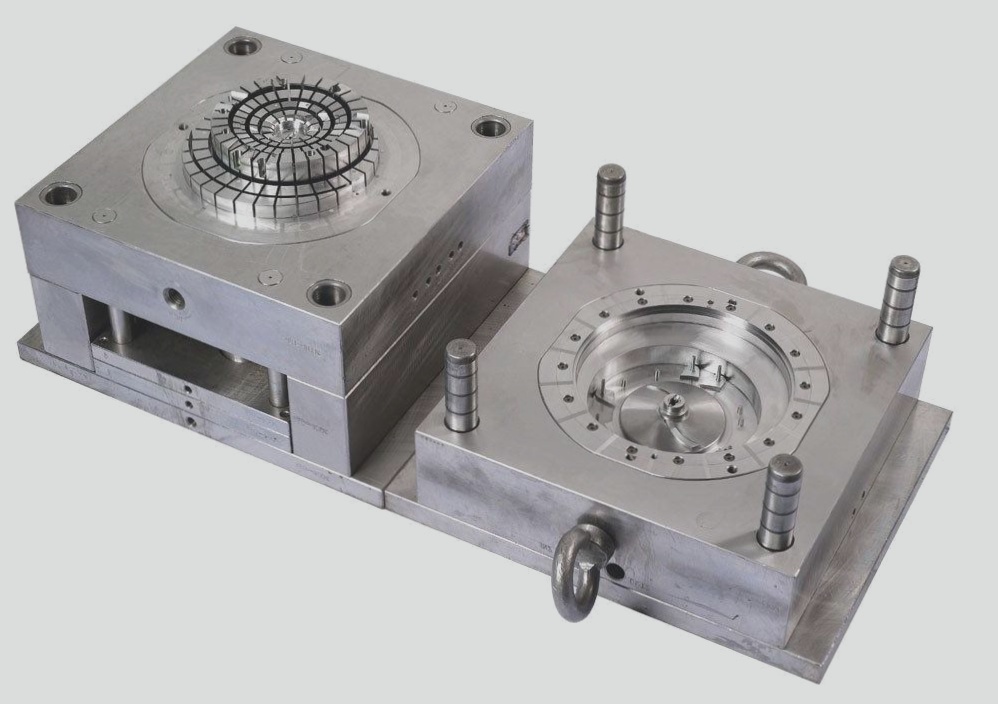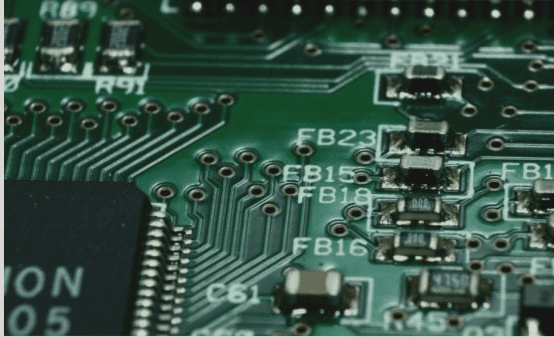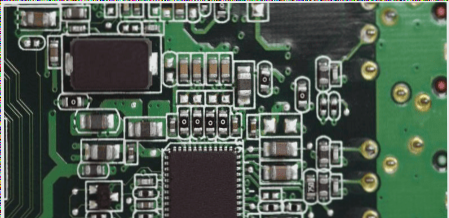PCBA Manufacturing Process and Equipment
Understanding the Key Equipment and Technologies
Before choosing a PCBA processing factory, it is essential to grasp the equipment and technologies involved in the PCBA manufacturing process, particularly in Surface Mount Technology (SMT) chip processing. Familiarizing yourself with the machinery and production techniques utilized in SMT chip processing will facilitate informed decision-making when selecting a partner.
Core Equipment in an SMT Production Line
- Solder Paste Printer: Used to apply solder paste to the PCB surface.
- SMT Pick-and-Place Machine: Responsible for placing components onto the PCB.
- Reflow Oven: Melts solder paste to create reliable electrical connections.
- AOI (Automatic Optical Inspection) Machine: Inspects assembled boards for defects post-production.
Wanlong Lean’s Intelligent Manufacturing Services
Wanlong Lean offers intelligent manufacturing services, including PCB design, production, circuit board soldering, SMT chip processing, PCBA processing, and foundry services. Their comprehensive approach ensures high-quality production and efficient service delivery.
Wanlong Lean’s Production Facility
- 4 SMT production lines
- 2 DIP soldering lines
- 1 wave soldering line
- 2 assembly production lines, each 20 meters long
- 4 advanced intelligent SMT production lines
Automation and Quality at Wanlong Lean
Wanlong Lean’s commitment to automation streamlines the manufacturing process, enhancing efficiency, accuracy, and quality. Intelligent equipment further improves their capability, ensuring a seamless, automated production flow and high-quality PCBA standards.
Template (Steel Mesh)
The PCB assembly process begins with determining the need for a template based on the PCB design. Templates are essential for PCBs with smaller components like SOT, SOP, PQFP, PLCC, and BGA chips, especially for components smaller than 0805. Copper templates are cost-effective, while laser-cut stainless steel templates offer precision for high-volume production. The dimensions typically range from 370 x 470 mm externally to 300 x 400 mm internally.
Silk Screen (GKG G5 Automatic Printing Machine)
Silk screening involves applying solder paste or adhesive to PCB pads using a squeegee. The process is critical for preparing the board for component placement and is performed using a manual or semi-automatic screen printing machine. Regular cleaning of the template with alcohol ensures smooth paste deposition.
Placement (Yamaha & Panasonic Placement Machines)
Placement machines from Yamaha and Panasonic are utilized for precise component placement on the PCB, ensuring accuracy and efficiency in the assembly process.

Surface-Mount Component Placement Process
Surface-mount component placement is a critical step in PCB assembly, where components are accurately positioned on the board. This process is carried out using a placement machine, which can be automatic, semi-automatic, or manual. The machine, often equipped with a vacuum suction pen or tweezers, plays a crucial role in ensuring precise component placement.
Key Points:
- For small batch or laboratory settings, a double-tip anti-static vacuum suction pen is recommended.
- High-precision placement machines like the Samsung SM421 are ideal for precise placement, especially for high-density chips with pin spacings under 0.5 mm.
- The vacuum pen picks up components from the material rack and accurately places them on the PCB, with adjustable suction strength based on component size.
- Proper alignment of all components during placement is essential to avoid errors, which may necessitate cleaning the PCB and repositioning components.
Reflow Soldering Process with HELLER Reflow Oven
Reflow soldering is a crucial step in PCB assembly that involves melting solder paste to bond surface-mount components to the board, ensuring electrical connectivity as per design specifications. This process takes place in a reflow oven, which can be either infrared or hot air, following a carefully controlled temperature curve to prevent thermal damage.
Key Points:
- Reflow soldering ensures uniform soldering across the board, leading to reliable and consistent electrical performance.
- Manufacturers can achieve high-quality solder joints by using a reflow oven, which helps in maintaining product standards.
PCB Cleaning and Inspection
After soldering, cleaning the PCB is essential to remove flux residues or contaminants that could affect its electrical performance. While cleaning may not be necessary for products using no-clean solder, it is crucial for maintaining performance standards in micro-power or high-frequency applications.
Key Points:
- Cleaning can be done using an ultrasonic cleaning machine or manually with alcohol to ensure that residual solder paste or flux does not cause corrosion or short circuits.
- Inspection, performed using tools like magnifying glasses or automated optical inspection (AOI) machines, ensures the quality of solder joints and component placements on the PCB.
Rework for Quality Assurance
Rework is a critical phase in the PCB assembly process, involving the correction of defects identified during inspection. Specialized tools like smart soldering irons and rework stations are used to rectify issues such as solder bridges, open circuits, or misaligned components, ensuring that the final product meets the required quality standards.
Key Points:
- Rework is essential for maintaining product quality and reliability, especially in high-performance or high-precision applications.
- Operators use specialized tools to precisely adjust components and address any defects before moving on to the next production stage.




